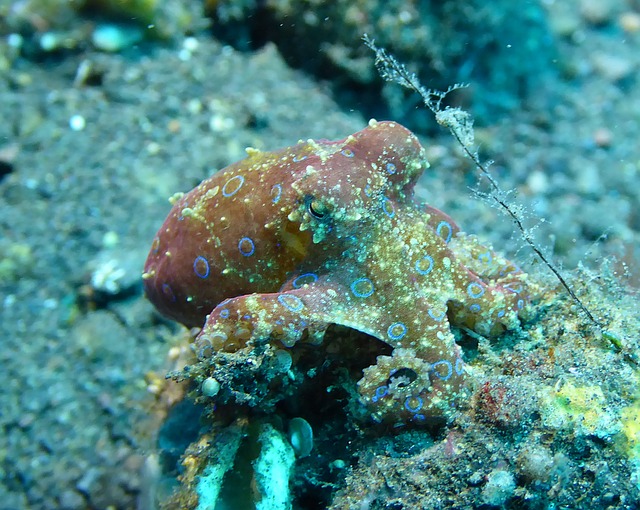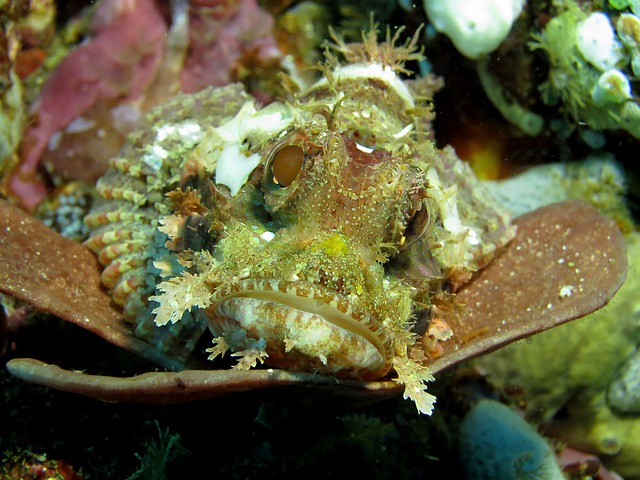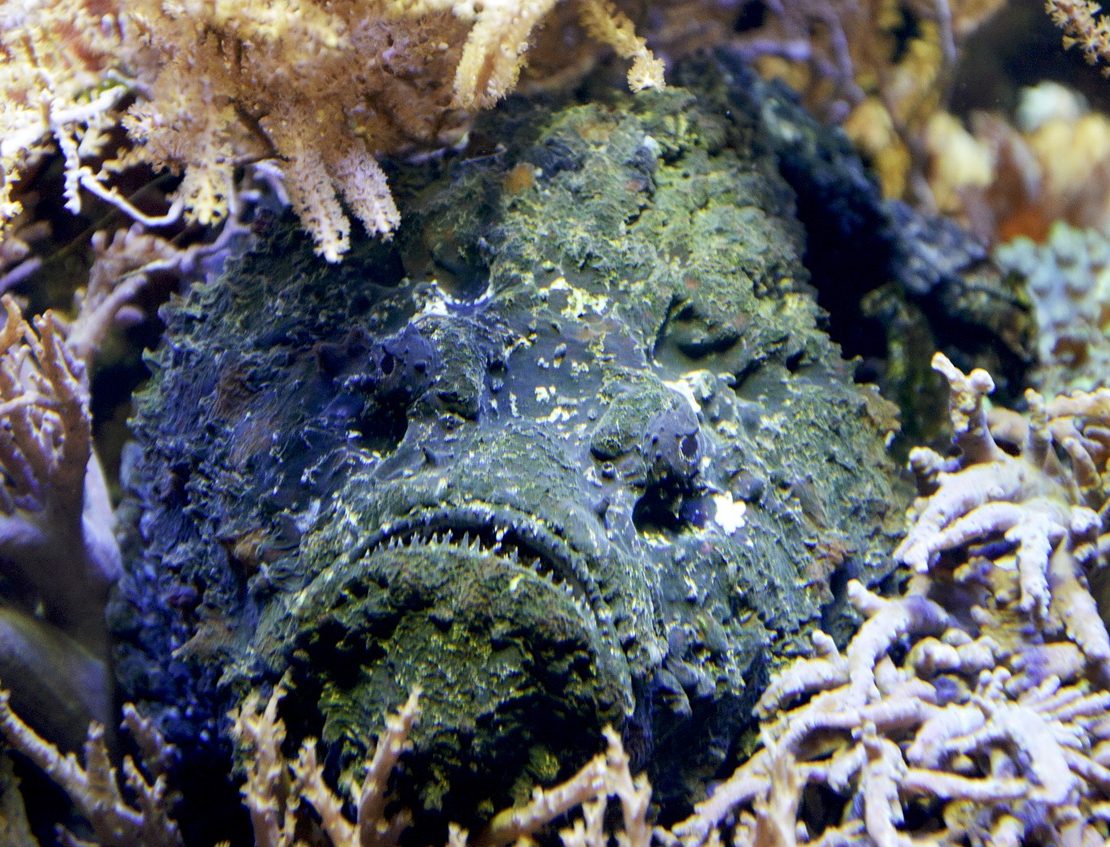With over a million species living in the rainforests of the sea around the world, every peek into the teeming life below is an awe-inspiring experience. The Philippines has an estimated 26,000 square kilometers of coral reef, making our waters the perfect destination for snorkeling, diving, and even researching marine life.
But whether you’re leisurely snorkeling in the shallows or diving deep into the cliffs and valleys of the sea, here’s a quick guide on what to avoid and what to do when encountered with some of the most venomous sea creatures.
Box Jellyfish
These little guys may look like any other jellyfish with their luminescent bodies, but the box jellyfish, with its cube-shaped head, ejects dangerous venom that can kill a person in one sting. Mostly living in Australian waters, the box jellyfish has also been spotted in beaches around the country.
First aid: There have been a few box jellyfish stinging incidents in Batangas and Palawan. In case you’re stung, immediately disengage the jellyfish tentacles from the affected body part and submerge the stung area in hot water before rushing to the hospital.
Blue-ringed Octopus

The unique, blue-ringed pattern all over its body entrances an observer, but this delightful-looking animal is quite dangerous, given that a bite from its parrot-like beak can introduce tetrodotoxin to the victim’s system. Tetrodoxin: 1,200 times more poisonous than cyanide, can be deadly if not treated immediately.
First aid: While on the way to the hospital, apply pressure through a tourniquet to keep the toxin from spreading throughout the body, removing the bandage every 90 seconds then reapplying it again for 10 minutes.
Stonefish

This master of camouflage is dubbed the most venomous fish. Stonefish are generally harmless to human beings. But when disturbed or worse, stepped on, its defense mechanism is to release a poisonous substance that could potentially kill a human being if not treated within an hour.
First aid: To destroy the venom and also lessen the pain, soak affected area in hot water for 30 to 90 minutes. There is also an available anti-venom for further treatment.
Flower Urchin
Looking like a bouquet of tiny flowers or a single dahlia, this species of sea urchin, commonly found in the Indo-West Pacific, looks like a harmless little gem, but it has caused pain to many snorkelers and divers who unknowingly touch coral reefs. Some effects are muscular paralysis, disorientation, and breathing problems.
First aid: Most of the time, the flower urchin’s sting can be managed by removing its spike immediately from the skin and submerging the affected body part in hot water for at least an hour.
Textile Cone Snail
Disguised as any other pretty seashell by the seashore, the textile cone snail or conus textile has the capacity to torment its prey. Its microscopic needles contain conotoxins that may dangerously damage the nervous system, instantly causing immense pain, numbness, or even paralysis.
First aid: To ease the pain, submerge the affected area in hot water then bandage it before heading to the hospital.
This story was originally published in Northern Living, April 2017.
Writer: JAMIE NAVARRO AND DENISE DANIELLE ALCANTARA




